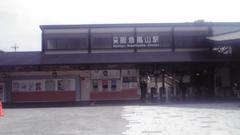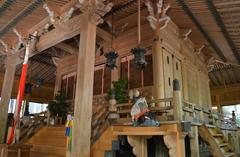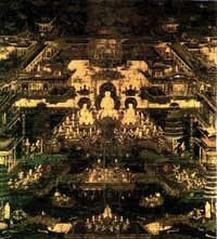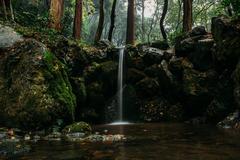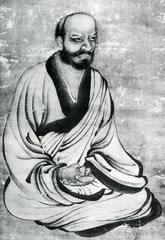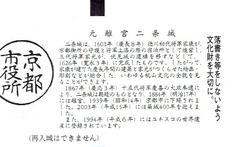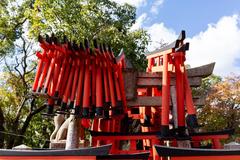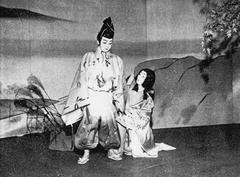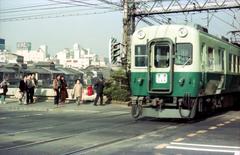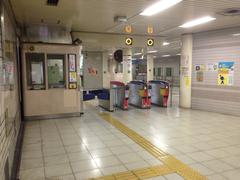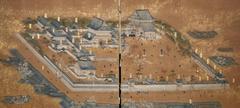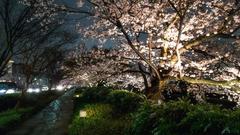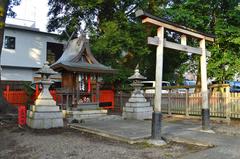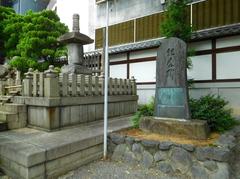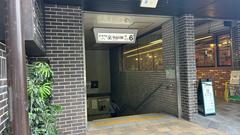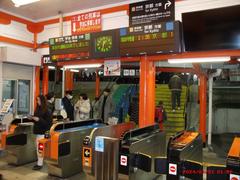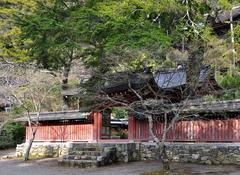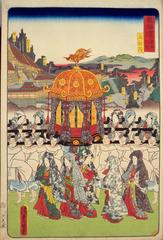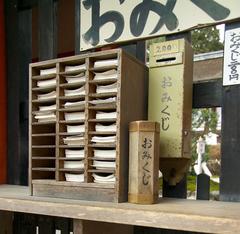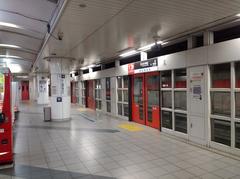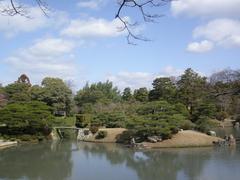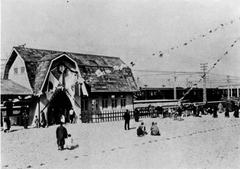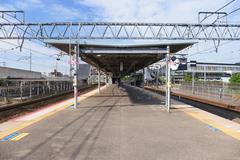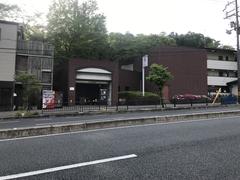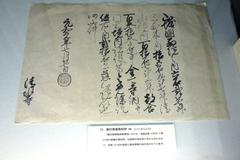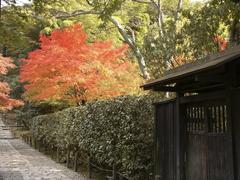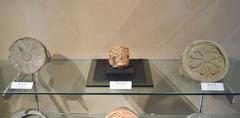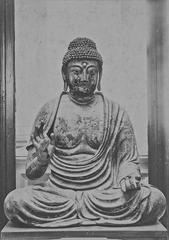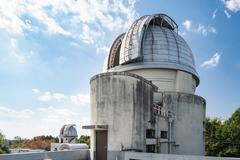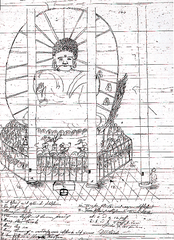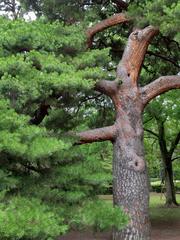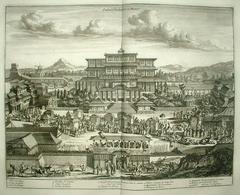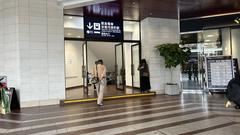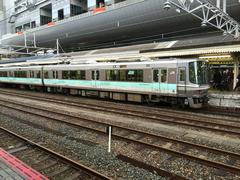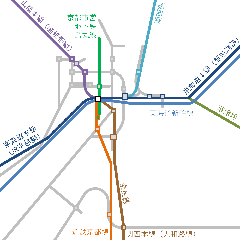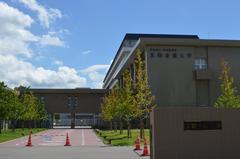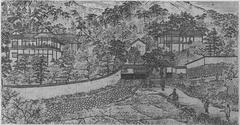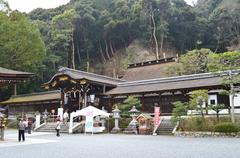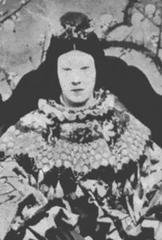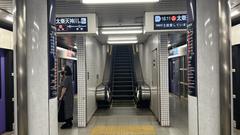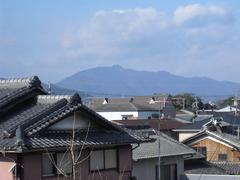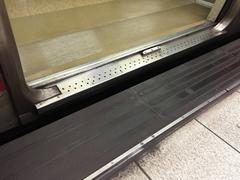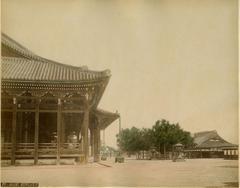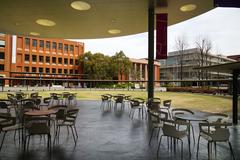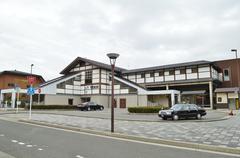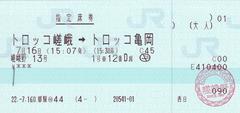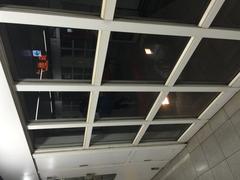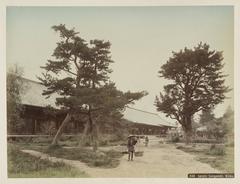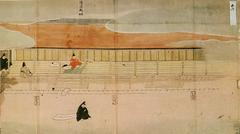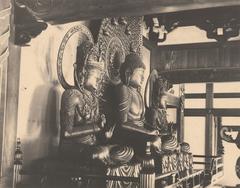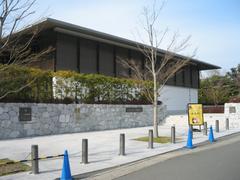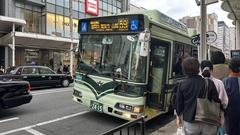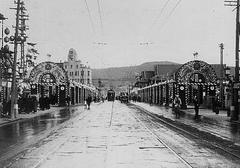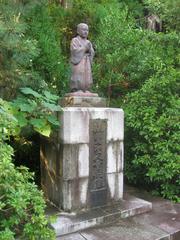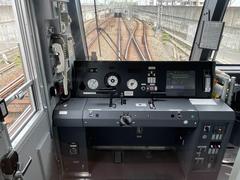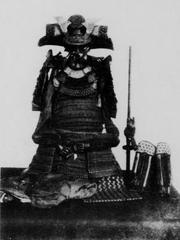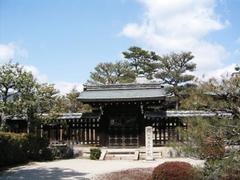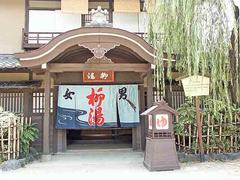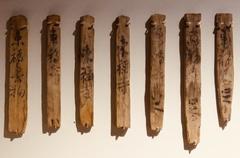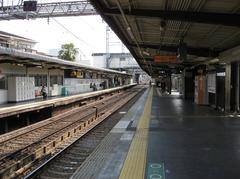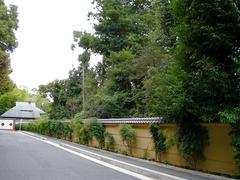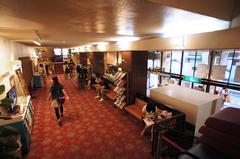Kyoto Tower: Visiting Hours, Tickets, and Travel Guide to Kyoto Historical Sites
Date: 14/06/2025
Introduction
Kyoto Tower rises as a beacon at the intersection of Kyoto’s ancient traditions and its embrace of modernity. Completed in 1964, this 131-meter structure was built during a transformative era, echoing the spirit of renewal seen in the 1964 Tokyo Olympics and the launch of the Shinkansen. Its unique lighthouse-inspired silhouette is now an essential part of the city’s skyline, offering one of the best vantage points for panoramic views over Kyoto’s temples, shrines, and neighborhoods. Today, Kyoto Tower is much more than an observation point: it’s a gateway to Kyoto’s history, a hub for travelers, and a symbol of the city’s evolving identity (Kyoto Station; Japan Welcomes You; Wikipedia; Medium).
Table of Contents
- Introduction
- Historical Background and Architectural Context
- Visiting Kyoto Tower: Hours, Tickets, and Amenities
- Accessibility and Practical Tips
- Top Nearby Historical Sites & Attractions
- Seasonal Highlights and Events
- Frequently Asked Questions (FAQ)
- Conclusion
- References
Historical Background and Architectural Context
Kyoto Tower’s construction marked a pivotal moment for Kyoto. Erected on the former site of the Kyoto Central Post Office, the project represented Japan’s postwar recovery and modernization. The city’s strict preservation laws meant the tower’s height and design were carefully considered, resulting in a slender, candle-like form that contrasts with Kyoto’s low-rise, wood-and-tile cityscape (Japanese Culture; Wikipedia).
The tower’s introduction was met with controversy. Critics argued that the modernist design clashed with Kyoto’s heritage, but over time the tower became accepted as an emblem of the city’s resilience and openness to the future (Voyapon; Inside Kyoto). The design, by architect Mamoru Yamada, features a steel-reinforced core and mass damper system for earthquake and wind resistance, ensuring both safety and longevity (Japan Welcomes You).
Visiting Kyoto Tower: Hours, Tickets, and Amenities
Location and Access
Kyoto Tower is directly opposite Kyoto Station, at 721-1 Higashishiokojicho, Shimogyo Ward, Kyoto. Its central location makes it easy to reach by Shinkansen, local train, or city bus (Agoda). If driving, use nearby public parking as the tower does not have its own lot.
Opening Hours
- Daily: 9:00 AM – 9:00 PM (last entry at 8:40 PM)
- Hours may be extended or adjusted during festivals, cherry blossom season, or special events. Always confirm via the official Kyoto Tower website before your visit.
Ticket Prices
- Adults: 900 yen
- Children (6–12): 600 yen
- Children under 6: Free
Discounts are available for online purchases, families, groups, or hotel guests (Agoda). Tickets can be purchased at the entrance or via the official ticketing page.
Main Amenities
- Observation Deck (100m): 360-degree views of Kyoto’s skyline, mountains, and landmarks like Kiyomizu-dera and Toji Temple.
- Kyoto Tower Hotel: Accommodation options with amenities, including direct access to the tower.
- Restaurants & Cafés: Choices range from Japanese cuisine to the Sky Lounge “KUU,” offering city views (Matcha-JP).
- Shops: Souvenir shops feature Kyoto crafts, snacks, and local specialties.
- Kansai Tourist Information Center: Multilingual assistance, maps, and travel bookings (JRailPass).
- Kimono Rental & Photo Studio: Try on traditional attire and capture the memory (JRailPass).
- Public Bath: The sento in the basement remains closed as of June 2025; check the official site for updates (Matcha-JP).
Accessibility and Practical Tips
- Wheelchair Access: Elevators and barrier-free routes throughout the tower.
- Restrooms: Accessible facilities are available on multiple floors.
- Family Friendly: Baby-changing stations and stroller access provided.
- Payment: Major credit cards, PayPay, WeChat Pay, and Alipay accepted.
- Luggage Storage: Coin lockers and baggage holding available for travelers.
Best Times to Visit:
Early mornings and evenings see fewer crowds. Sunset and nighttime visits offer especially beautiful views of the illuminated city (TripToJapan).
Photography:
Free telescopes and unobstructed windows make for excellent photography. Tripods may be restricted.
Online Booking:
Reserve tickets online during busy seasons to avoid lines.
Top Nearby Historical Sites & Attractions
Kyoto Tower’s location makes it a perfect base for exploring Kyoto’s historic heart:
- Kyoto Station: Modern architecture, rooftop garden, dining, and shopping (Traveling Bytes).
- Higashi Hongan-ji Temple: 10-minute walk; free entry, tranquil atmosphere (Salt in Our Hair).
- Nishi Hongan-ji Temple: UNESCO site with impressive woodwork and gardens (Go Travel Daily).
- Kiyomizu-dera Temple: Iconic hillside temple, especially stunning in spring and fall (Nomadasaurus).
- Gion District: Historic geisha quarter, reachable by bus or a 30-minute walk (Go Travel Daily).
- Nishiki Market: “Kyoto’s Kitchen,” a lively food and souvenir street (Salt in Our Hair).
- Toji Temple: Home to Japan’s tallest pagoda; monthly flea market (Mai-Ko).
- Arashiyama Bamboo Grove: Reachable by train; a serene natural escape (Go Travel Daily).
Seasonal Highlights and Events
- Spring (March–April): Cherry blossom season; extended hours and photography exhibitions (Agoda).
- Summer (July): Gion Matsuri, one of Japan’s most famous festivals.
- Autumn (November): Dramatic red and gold foliage, with seasonal light-ups.
- Winter: Illuminated city views and festive displays.
Check the official events calendar for up-to-date information.
Frequently Asked Questions (FAQ)
Q: What are Kyoto Tower’s visiting hours?
A: Daily 9:00 AM – 9:00 PM (last admission 8:40 PM). Confirm on the official website for seasonal changes.
Q: How do I buy Kyoto Tower tickets?
A: Purchase at the entrance or online via the official ticketing page.
Q: Are discounts available?
A: Yes. Discounts for online bookings, groups, families, and hotel guests.
Q: Is Kyoto Tower accessible for people with disabilities?
A: Yes. Elevators, barrier-free routes, and accessible restrooms are provided.
Q: Are there dining and shopping options in the tower?
A: Multiple restaurants, cafés, and shops are available throughout the building.
Q: Can I rent a kimono at Kyoto Tower?
A: Yes, kimono rental and a professional photo studio are located on the third floor.
Visuals and Interactive Media
Alt: Panoramic view from Kyoto Tower observation deck showcasing Kyoto cityscape with historical sites.
Conclusion
Kyoto Tower epitomizes the harmonious tension between tradition and innovation in Kyoto’s urban landscape. Its observation deck delivers breathtaking views of the city’s cultural treasures, while the tower’s integrated amenities—hotel, restaurants, shopping, and tourist services—make it both a practical hub and an inspiring destination. Whether you’re starting your Kyoto adventure or seeking a new perspective on the city, Kyoto Tower is a must-visit landmark.
Maximize your visit by booking tickets online, planning around seasonal highlights, and exploring nearby historical sites. For the latest updates, event information, and insider travel tips, consult the official Kyoto Tower website and download the Audiala app.
References
- Kyoto Station (2025)
- Japan Welcomes You (2025)
- Wikipedia: Kyoto Tower (2025)
- Medium: Kyoto’s Modern Architecture (2025)
- Japanese Culture: The Story Behind Kyoto Tower’s Height (2025)
- Inside Kyoto: Kyoto Tower (2025)
- Agoda: Kyoto Tower Hours and Admission (2025)

